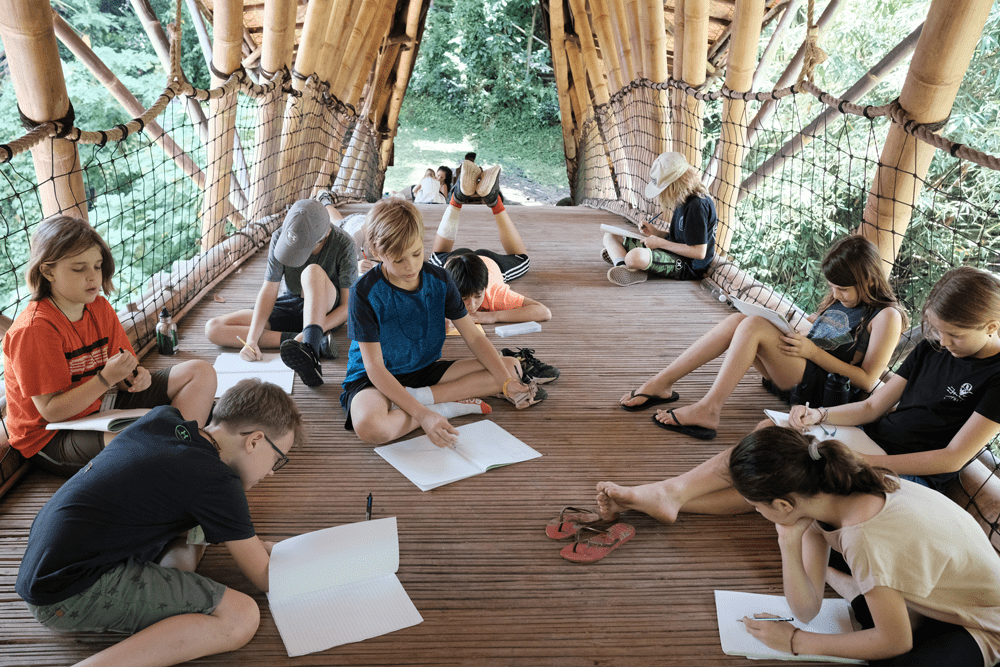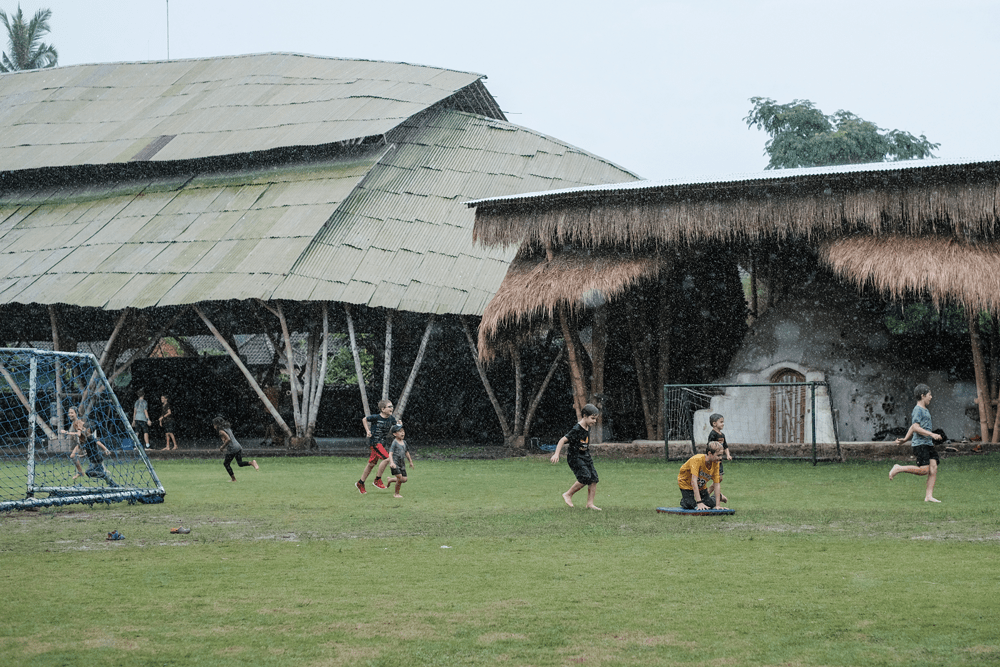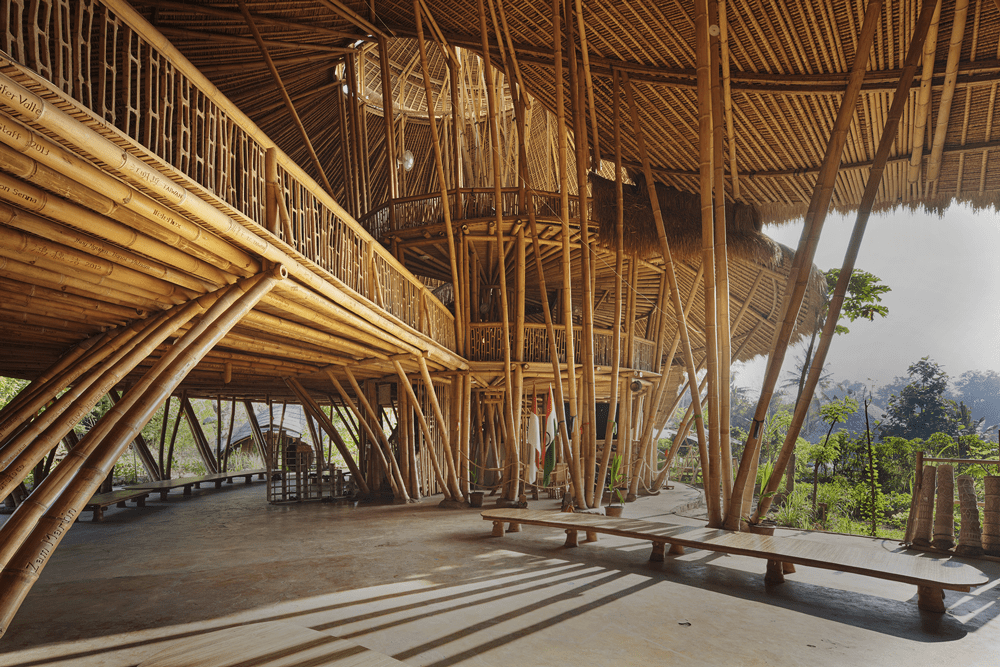For many people, the COVID pandemic made all too clear how the environments in which many people spend most of their time do not encourage connection. Spending days in a tiny urban apartment or sitting in separated suburban homes wasn’t a welcomed experience as we may have imagined. We all crave connection – to each other and to the outdoors. The impact of the natural world on both our mental and physical wellbeing is one of the many reasons why learning in nature is a core principle of any Green School.
Think about all the parents and children exhausted from constant online and socially distant schooling this past year. The COVID-battered world has shown us the importance of the Green School Way of education and why, more than ever, what we need is “a ruthlessly relevant education.” (Chris Edwards, Founding Head of School, Green School New Zealand). An education that involves getting back to the lessons found in nature and focused on building and caring for communities.

A look at the Latin root of the word “bewilderment” – parted from the wild – reveals how a lack of connection to nature can leave us feeling confused and anxious. As our living and schooling spaces have become increasingly disconnected from the wilderness we’ve also experienced a collective rise in people suffering from anxiety and depression. We think it is time to do some rewilding and harvest the benefits of studies that show the numerous benefits of learning in nature, including:
- Increasing a child’s daily physical activity
- Enhanced confidence and stronger sense of self
- Supporting the development of fine motor skills as well as decision-making and problem-solving skills
- Increasing students’ enthusiasm for learning
- Decrease in symptoms of ADHD and lower levels of stress in both students and teachers
“It’s not natural to be completely isolated from our planet and our weather, the wind and the rain, it’s not really a way to live. It certainly is not a way to learn about our world,” says Green School co-founder, John Hardy. “When it rains our students can look out the window and see the rain, but they can also hear the rain and smell the rain. I think the opportunity to experience our climate like this and understand it so intimately is really important because managing our climate and protecting the natural world will be the single biggest challenge of our students’ time.”

Green School was built according to the principles of Biophilia, the innate human instinct to connect with nature and other living things. Biophilic Designis a concept used within the world of architecture to increase a building’s connectivity to the natural environment. Rather than looking at a destination and building a property that dominates the local ecosystem, Green School was intentionally built to work in harmony with nature – allowing our local wildlife to suffuse with the buildings themselves. Because of this, our students don’t have to go out of their way to experience the natural world – and get all the health benefits associated with doing so – because the natural world is directly under their feet.
Rugged, hot and muddy…soothing, adventurous and stunning – these are not words usually associated with a school campus, but this is Green School. When students interact with nature, they develop a relationship with it. When students have a relationship with nature, they care for it – caring for the wellbeing of our planet and, by extension, future generations of humans at the same time.

